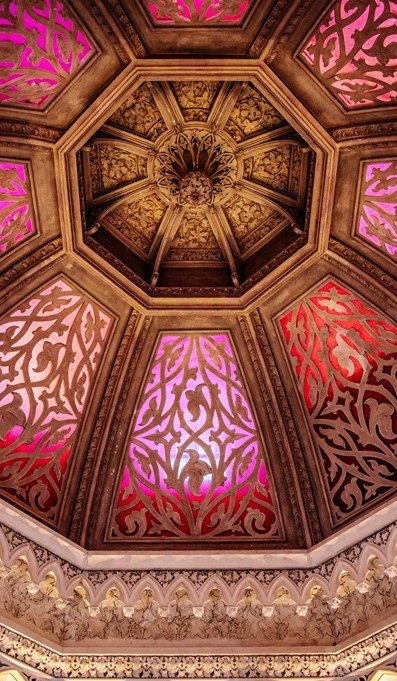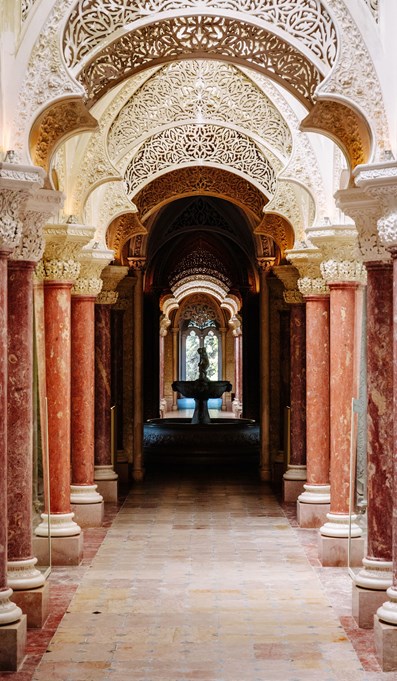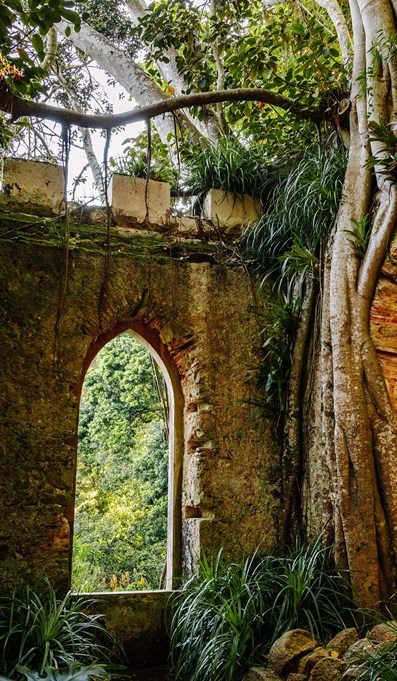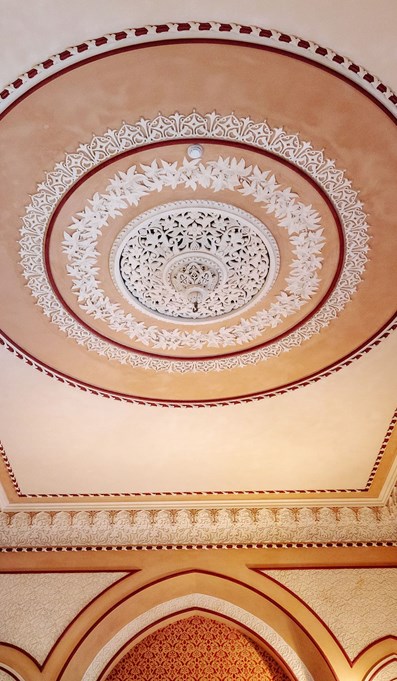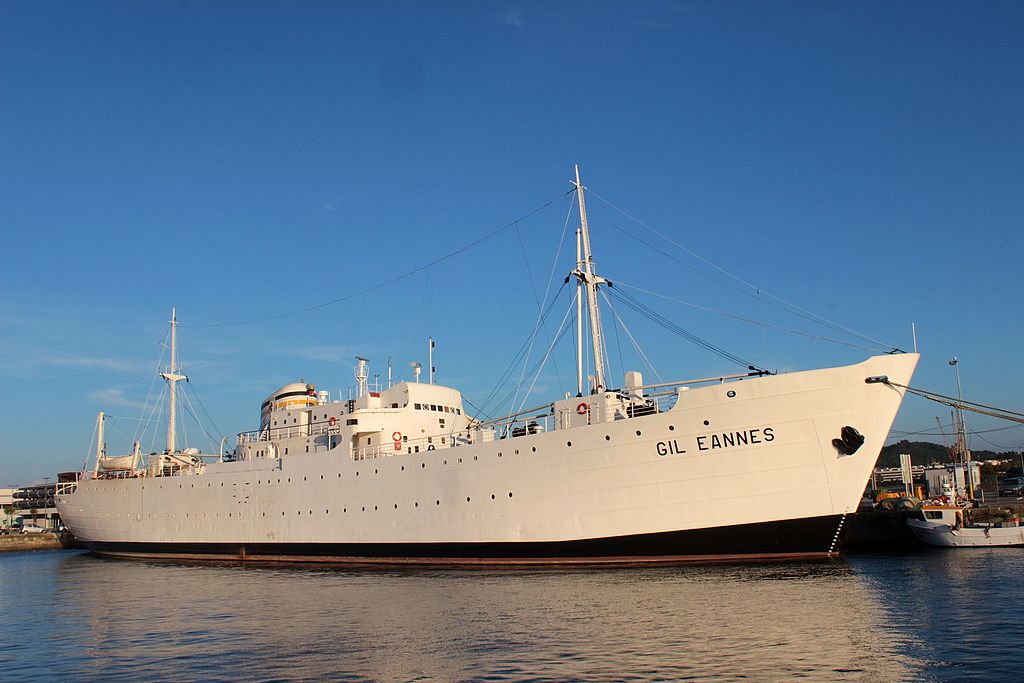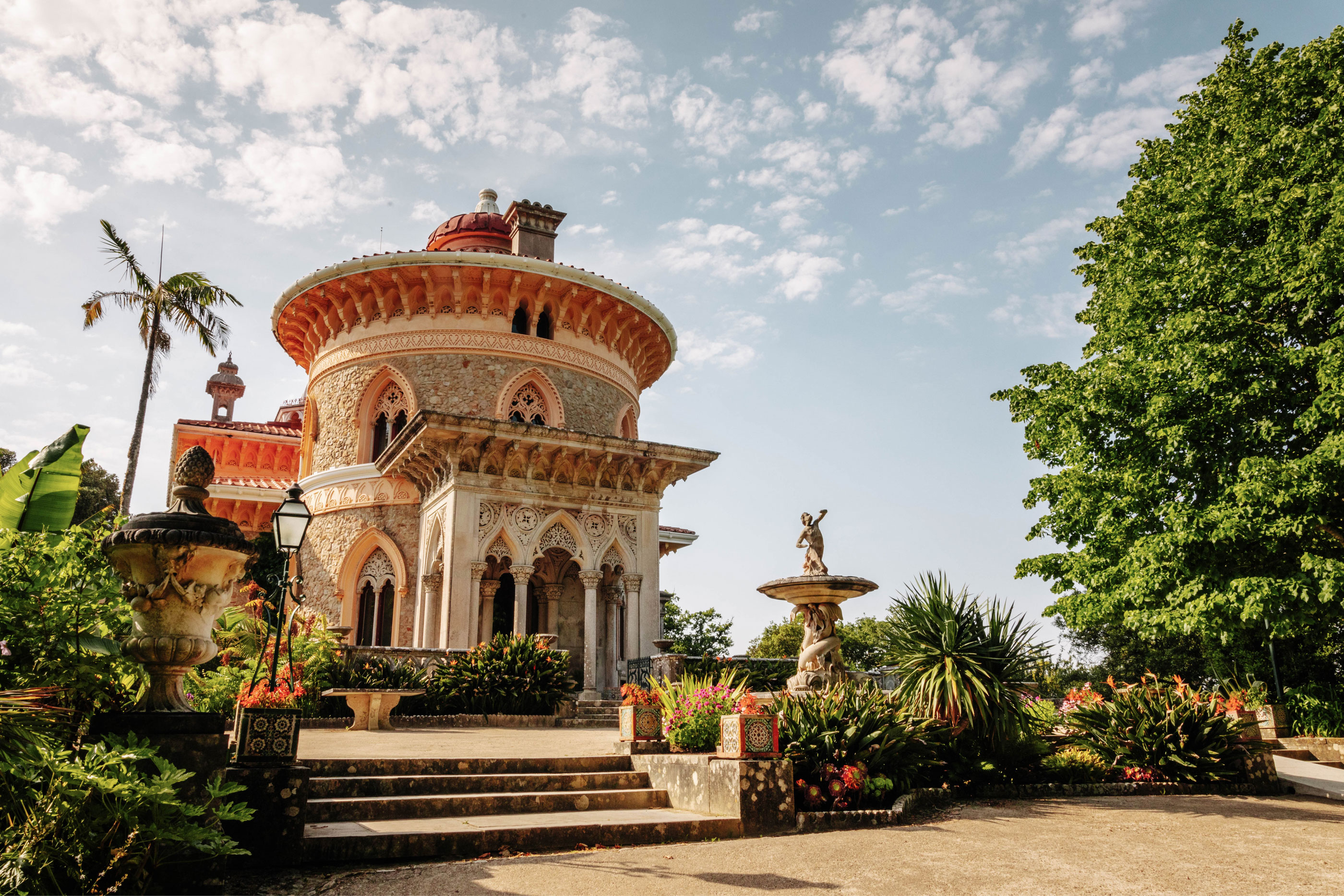
Monserrate, as a writer’s hideaway, drew a large number of international tourists, particularly the British, who lauded its beauty in their trip tales and engravings. When Francis Cook, a wealthy nineteenth-century British manufacturer and an avid collector of art, paid a visit here, he was enchanted. This enthusiasm resulted in a Romantic masterpiece: the Park and Palace of Monserrate.
Francis Cook realised his dream by transforming Monserrate into what it is today, with its exuberant gardens – capable of astonishing visitors with exotic species sourced from every corner of the globe – and a palace that is a true ode to romantic architecture, reflecting Francis Cook’s refined taste and the genius of its architect James Knowles Jr., who combined various influences here.
However, the history of this endearing location is dotted with several vicissitudes. Monserrate hides a multitude of diverse pasts behind its wonderfully crafted walls, all of which glorify its natural beauty.
The Park of Monserrate, one of Portugal’s most notable Romanticism-inspired landscapes, has received species from all over the world, which have been structured into geographic areas to reflect the plants’ diverse origins and to create distinct scenarios along the pathways that connect the ruins, lakes, and waterfalls. This was made possible, in part, by the involvement of landscape designer William Stockdale, botanist William Neville, and master gardener James Burt, but most importantly, by Francis Cook’s romantic spirit, which allows us to encounter such contrasting scenarios today in the Park of Monserrate, growing alongside indigenous species such as the tree-sized arbutus, the already extremely rare species of holly, and the imposing juniper.
The palace was built in 1858 under the direction of Sir Francis Cook, Viscount of Monserrate. It was designed by architects Thomas James Knowles (father and son). The gardens were built to take advantage of the Mountain’s microclimate, resulting in a spectacular park with over 3000 exotic plants still visible today.
The palace served as the Cook family’s vacation retreat and was erected over the ruins of a neo-Gothic mansion built by English trader Gerard de Visme, who was also responsible for the original Montserrat palace. In 1793, William Beckford rented the property, began repairing the palace and began establishing a beautiful garden.
Along with other palaces in the neighbourhood, such as Pena Palace, it is a stunning example of Portuguese Romanticism. Since 1978, it has been designated a Monument of Public Interest.
Lord Byron, the Anglo-Scottish poet and major figure of the Romantic Movement paid a visit to the Monserrate Palace in 1809. The property’s exquisite beauty inspired the poet in Childe Harold’s Pilgrimage, making it a must-see for foreign travellers, but especially for English travellers, who have described it in countless trip tales and recorded it in engravings.


